[Yemeni Mokamatari] the freshly ground brewing method of tanned coffee? The nomenclature source of mocha coffee beans
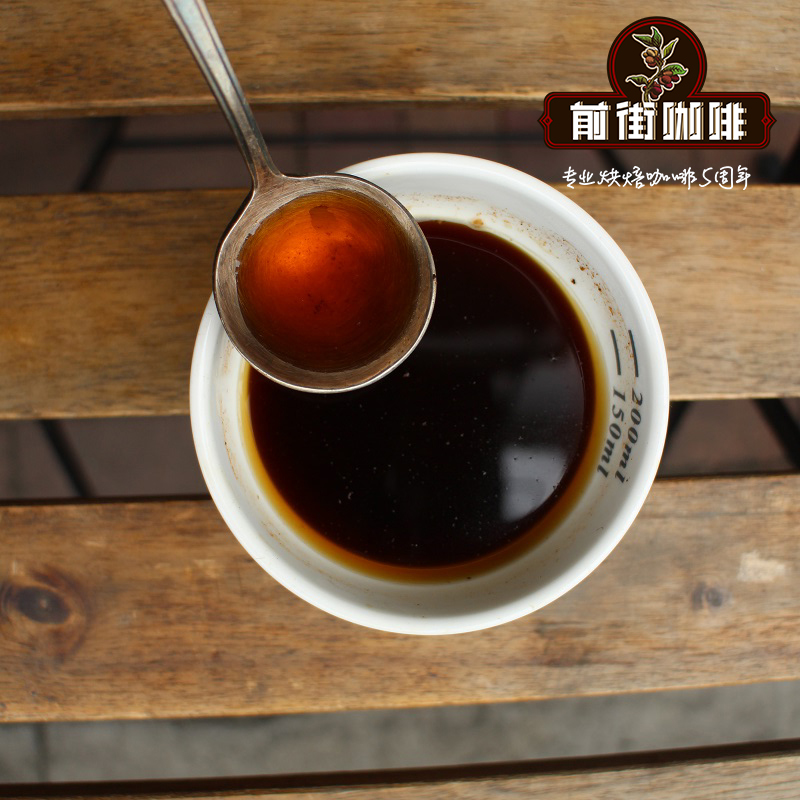
Professional coffee knowledge exchange more coffee bean information please follow the coffee workshop (Wechat official account cafe_style)
[Yemeni Mokamatari] the freshly ground brewing method of tanned coffee? Where does the name of mocha coffee bean come from?
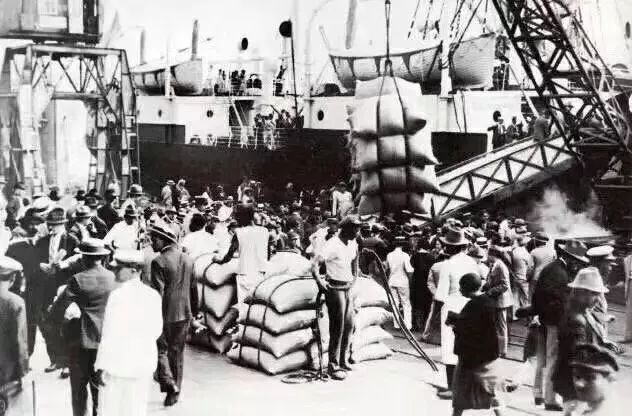
Matali is the most famous coffee bean in Yemen. It is located in the Bani Matari, west of the capital Sana'a. It has a strong, thick flavor with obvious berry aromas. As long as Yemeni coffee is immediately reminiscent of thick and wild sun-dried beans, Yemeni coffee farmers have been growing according to the ancient methods handed down by their ancestors.
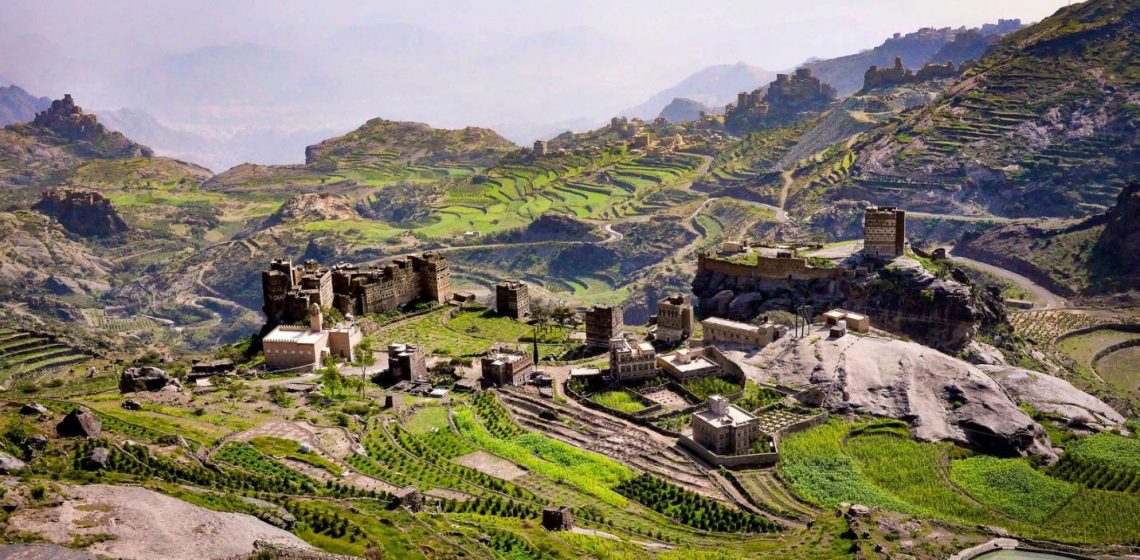
Due to the rugged terrain of Yemen and the lack of rainfall, Yemeni coffee farmers choose terraces or lowlands for planting, and choose areas that are not easily exposed to intense sun exposure, while Yemeni farmers are mostly poor and unable to use pesticides. Almost all of them are cultivated naturally and organically. Yemeni Matali - the best of mocha coffee, known as the laudatory name after coffee, Matali's output is small and exquisite. The palate is rich in flavor, with layers of fantastic wild aromas on the finish, characterized by bright floral and fruity aromas with red wine-like attractions. Yemeni coffee is grown on dry sand, but it is a place where it rains during the rainy season. The root of the coffee tree is rich in running water, but it gives birth to a Yemeni mocha that cannot be replaced by the coffee world.
Today, Yemeni coffee farmers still produce coffee in the same way as they did 500 years ago. Coffee berries grow naturally on trees, do not use any artificial fertilizers or pesticides, receive a small amount of rain and fog on the hillside in summer, blossom and bear fruit, and in dry winter, ripe coffee berries are allowed to hang on trees to dry naturally-a very unique and rare practice because of the extremely dry climate and intense sun in Arabia, which is allowed to do so in other coffee producing areas. The same practice may cause coffee berries to rot on the trees.
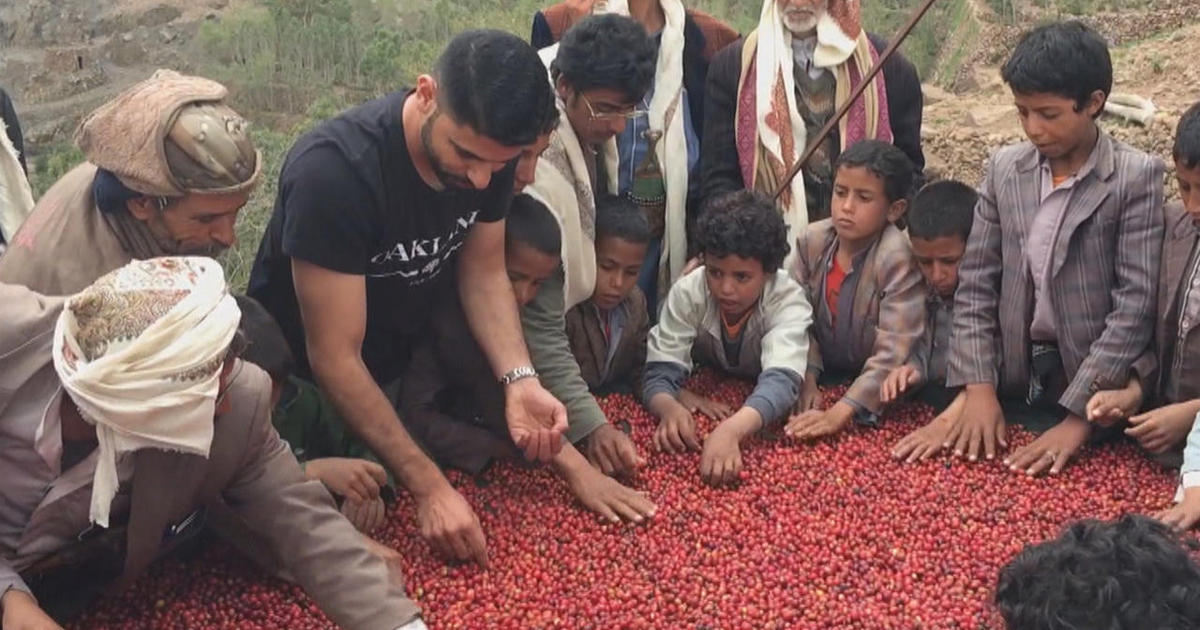
Ripe or dried coffee berries fall naturally from the tree, or are shaken and picked. Coffee farmers, with a total population of nearly 1/4 in Yemen, bask their berries on their roofs, low sheds in front of their doors, or even spread them directly on the dirt floor, exposed to the intense dry winter sun. After drying the peel and pulp, grind off the dried shell and pulp with an old-fashioned stone mill (two stone mills stacked on top of each other). This is how the coffee beans are treated!
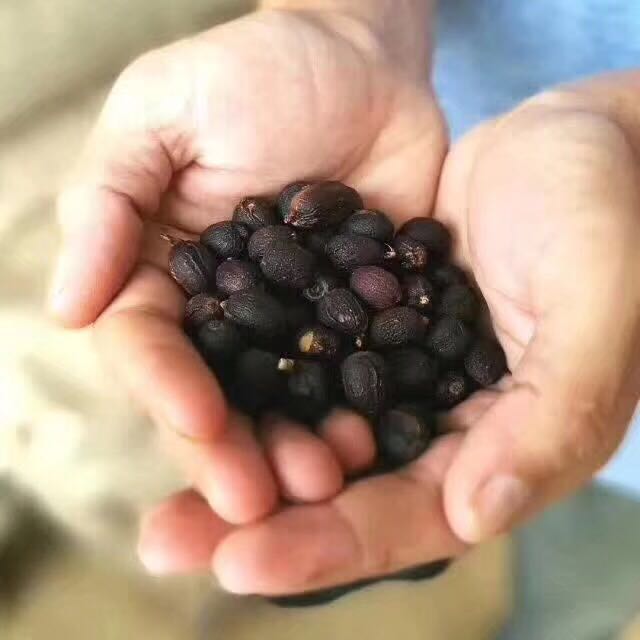
Because of the sun-dried pulp, the flavor of the coffee berries has a chance to "seep" into the coffee beans, and when the coffee fruit falls on the dry soil of the African plateau, it will also absorb the smell of the surrounding organic matter. In addition, the "sun smell" given by the fierce winter sun in the Arabian Peninsula (you can smell a similar smell on the sunburned quilt), the naturally fermented ripe fruit flavor of the flesh, a little earthy flavor. There are 300,000 coffee plantations ranging from 3000 to 8000 feet above sea level, as well as ancient, 100% organic treatments that make the Yemeni mocha unique in the world.
When it comes to Yemeni coffee, "mocha" must be mentioned. Everyone has heard of "mocha coffee". What exactly is "mocha"?
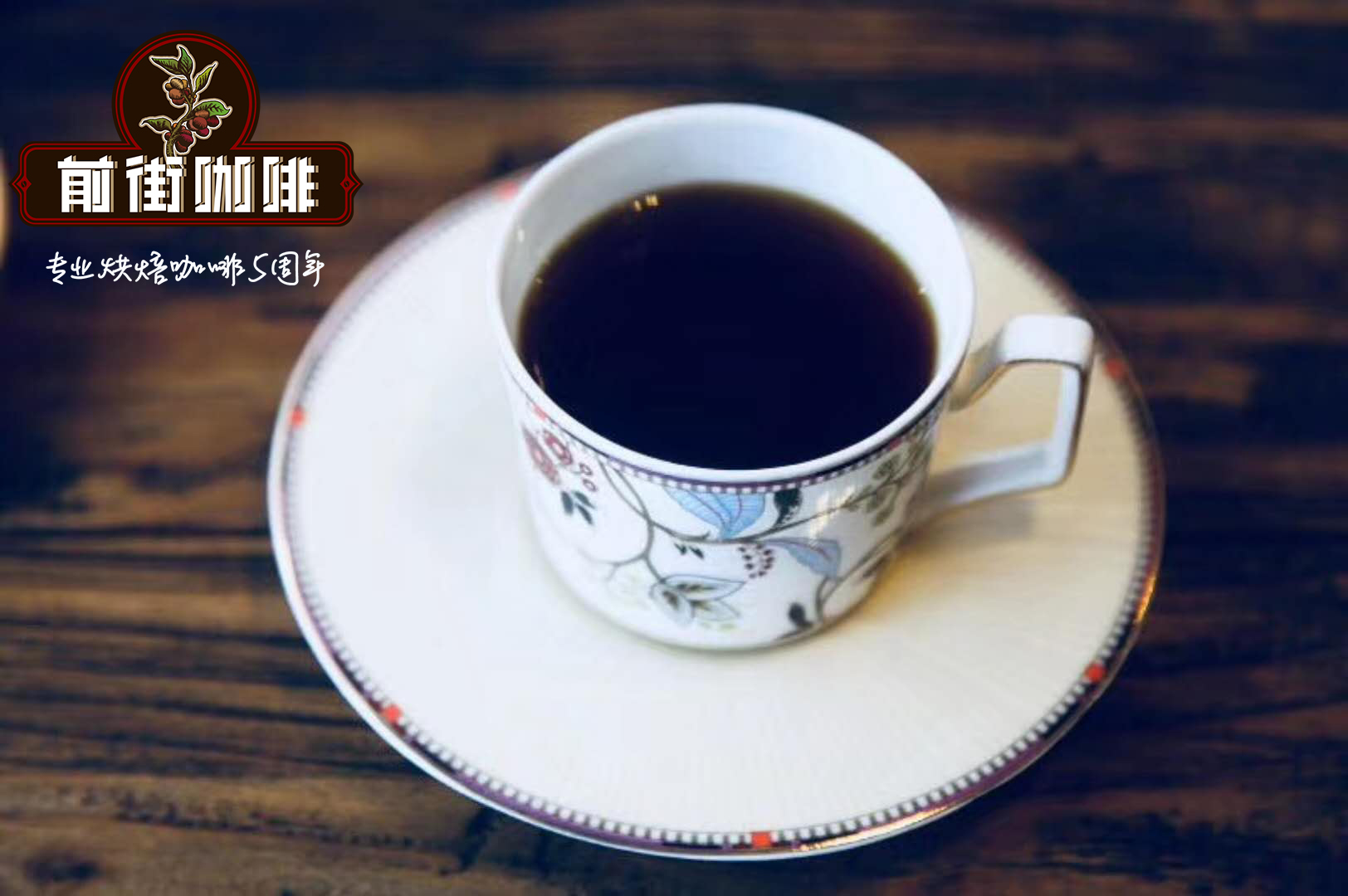
There are many answers to this question. Some people say that mocha is a certain place of origin, and some people remember that mocha is sweet chocolate coffee. In fact, authentic mocha coffee is only produced in the Republic of Yemen in the southwest of the Arabian Peninsula, grows on steep hillsides at elevations of 3, 000 to 8, 000 feet, and is the oldest coffee in the world.
More than 500 years ago, Yemen produced coffee in an ancient way. In the early 17th century, the first Yemeni coffee sold to Europe was exported through the ancient port of Mocha, which amazed Europeans. The delicious coffee shipped from the port of Mocha was called "Mocha Coffee", which is the origin of the name "Mocha Coffee".
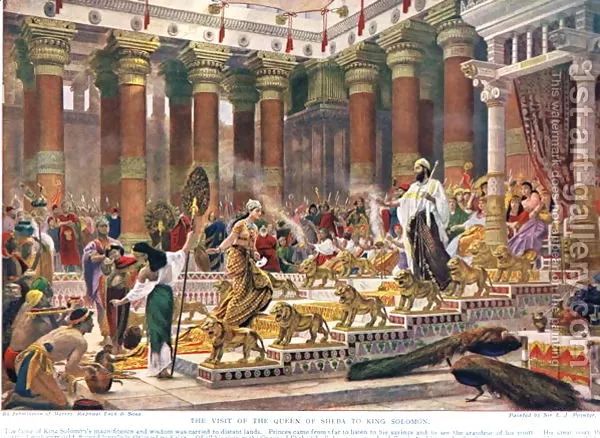
Neighboring Ethiopia across the Red Sea also sells coffee through the port of Mocha, so Ethiopian sun-treated coffee is often called mocha. (such as Mocha-Hara Ethiopia Harrar) now the old port of Mocha has long been abandoned due to sediment deposition (today's place name Al Makha) and is exported by the northwestern port of Hudaida (Hodeida). However, people have long been accustomed to the name of Mocha, which is famous to the sky.
Deep-roasted Yemeni coffee often shows a chocolate-like bitter sweet flavor, affecting today's fancy coffee seasoned with chocolate sauce is also known as the word "mocha". So when you see the word "mocha coffee", it may mean pure Yemeni coffee, or neighboring Ethiopian coffee, or simply "fancy coffee with chocolate sauce". In any case, for picky coffee lovers, only real Yemeni coffee is qualified to be called "mocha coffee".
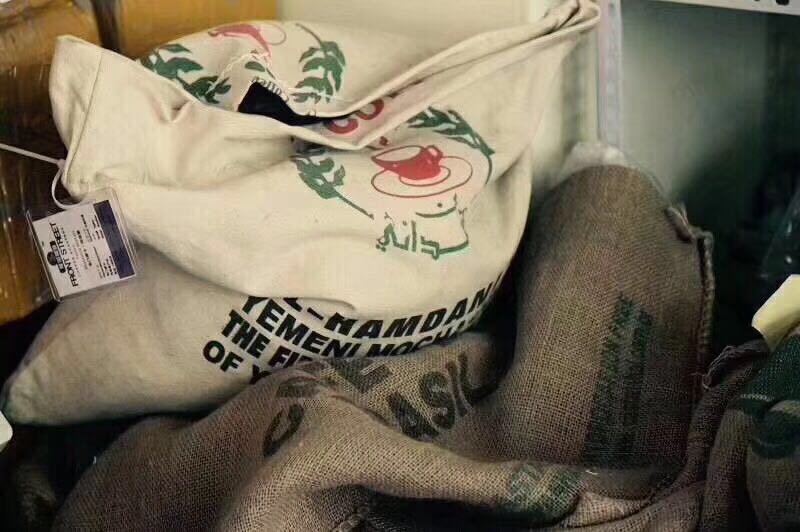
The word "mocha" has a variety of spellings: Moka, Moca and Mocca are all common spellings, and as many as four local spellings have been seen on gunny bags and documents of Yemeni coffee: "Mokha", "Makha", "Morkha" and "Mukha", all with the same meaning.
The Yemeni mocha is the originator of the world coffee trade and plays an important role in promoting delicious coffee all over the world. In the 17th century, it was called "Arabica coffee" (Arabia) (this is also the origin of the name "Arabica species" later! Yemeni mocha sailed across the ocean to Italy and other European Catholic countries, and Yemeni coffee has been the only coffee producer sold to Europe for more than 150 years.
< cup test characteristics >: nuts, cocoa, walnuts, slightly floral, smooth taste, very long-lasting finish
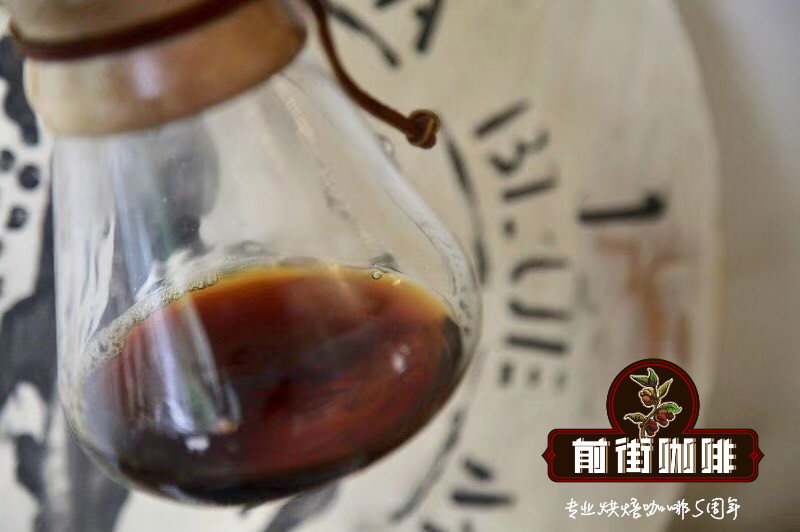
Qianjie cuisine is recommended:
Filter cup: Hario V60
Water temperature: 88 degrees
Degree of grinding: small Fuji degree of grinding 4
Cooking methods: the ratio of water to powder is 1:15, 15g powder, the first injection of 25g water, 25 s steaming, the second injection to 120g water cut off, waiting for the powder bed water to half and then water injection, slow water injection until 225g water, extraction time about 2:00
Analysis: using three-stage brewing to clarify the flavor of the front, middle and back of the coffee. Because V60 has many ribs and the drainage speed is fast, it can prolong the extraction time when the water is cut off.
Ps: the condition of powder layer can not be ignored in hand punching, which must be emphasized! The powder layer plays a subtle role, and one of its functions is to provide resistance so that the hot water stays in the filter cup long enough to ensure that enough flavor components are dissolved.
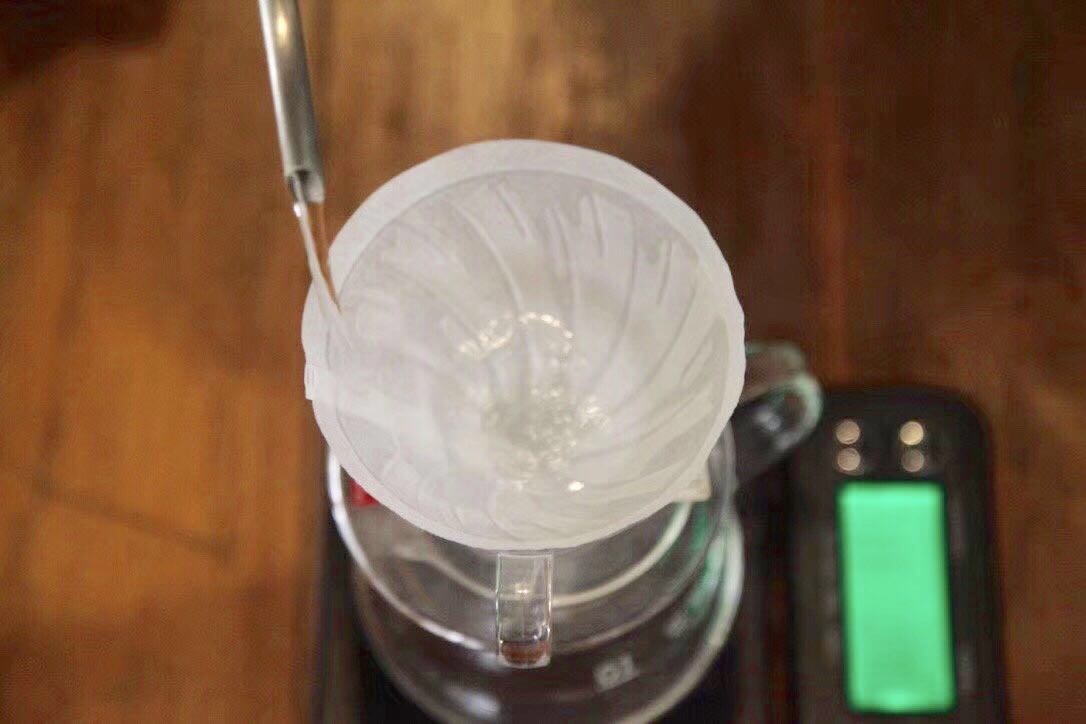
Degree baking powder layer must also have a certain supporting force in order to play the "blocking" function. In order not to weaken the supporting force of the powder layer, it is necessary to grasp [the strength of the water column], [the position of water injection], and [stable circle], which is a complete set of [water injection skills].

1. Filter cup: V60
two。 Water temperature: 88 degrees
3. Degree of grinding: small Fuji degree of grinding 4
4. Baking degree: medium baking
5. Steaming time: 25 seconds
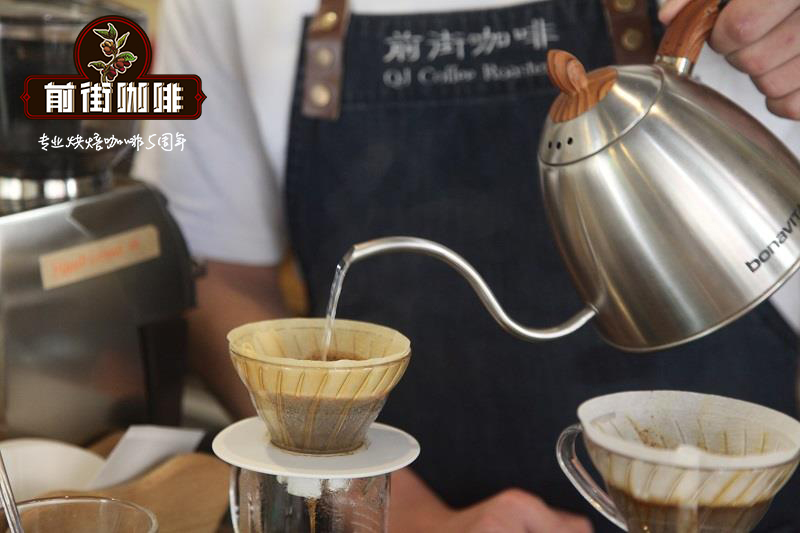
Flavor: balanced, chocolate, long-lasting caramel sweetness
Qianjie Coffee suggestion: 15g powder, 4 grinding of small Fuji ghost tooth cutter, V60 filter cup, 88-89 degrees water temperature, 30g water injection for the first time, 25 s steaming, water injection to 104g water cut off, wait for the amount of water in the powder bed to go down to half and then water injection, slow water injection until 220g water, 5 grams at the end, no water powder ratio at 1:15, extraction time about 2:00 (calculated after stewing)
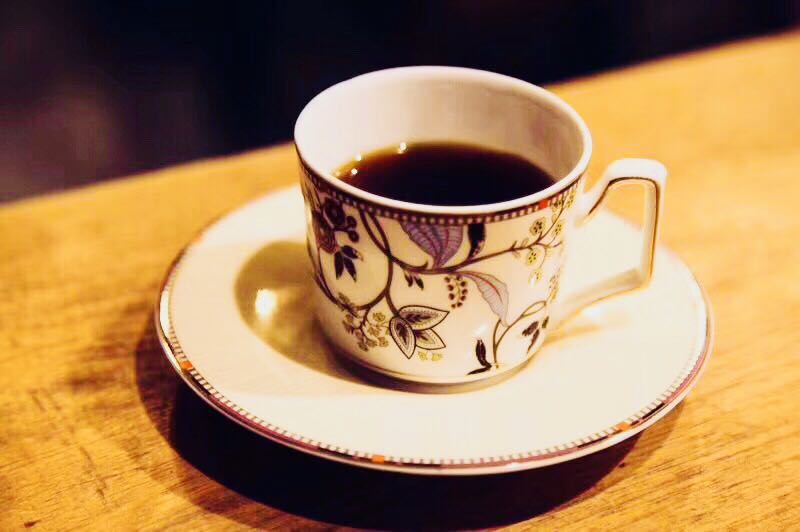
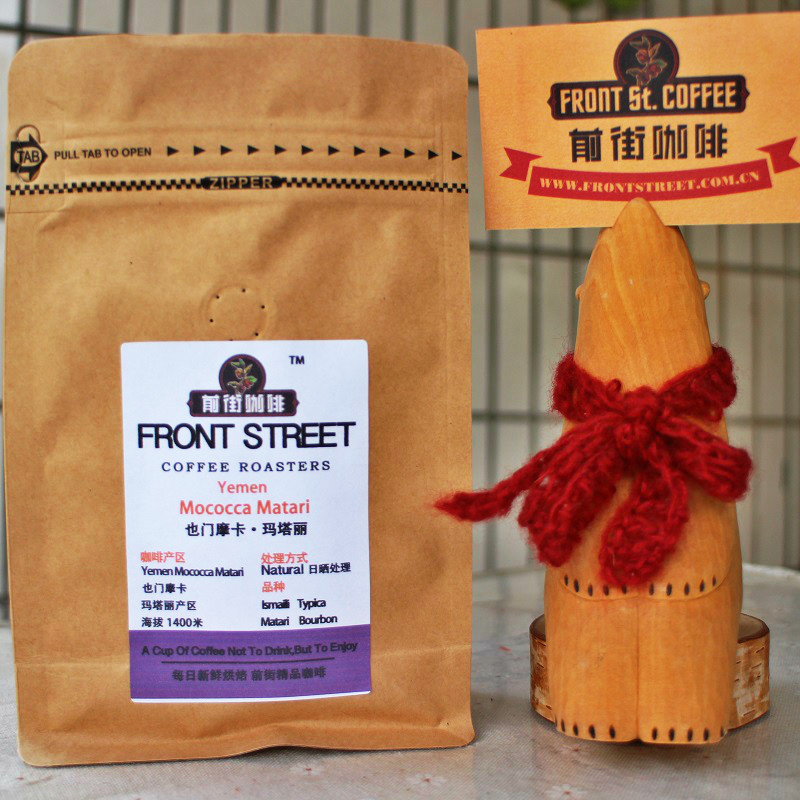
Purchase link: https://item.taobao.com/item.htm?spm=a1z10.5-c-s.w4002-15673140460.27.60a2c3acUkipJU&id=567246039419
Important Notice :
前街咖啡 FrontStreet Coffee has moved to new addredd:
FrontStreet Coffee Address: 315,Donghua East Road,GuangZhou
Tel:020 38364473
- Prev
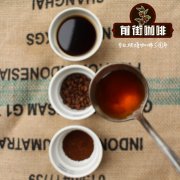
What are the characteristics of Yemeni mocha-Matari sun beans and coffee beans? What about mocha coffee beans?
Professional coffee knowledge exchange more coffee bean information please follow the coffee workshop (Wechat official account cafe_style) Yemen mocha-Matali (Matari) sun-dried beans characteristics of coffee beans? How do you make mocha beans to taste good? Located in Ethiopia across the Red Sea and East Africa in Asia, Yemen is the highest quality producer of natural tanning coffee.
- Next
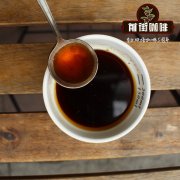
How many coffee producing areas are there in Mocha, Yemen? How to eat mocha coffee beans with different flavors and characteristics in different producing areas
Professional coffee knowledge exchange more coffee bean information please follow the coffee workshop (Wechat official account cafe_style) how many coffee producing areas are there in Mocha in Yemen? How to eat mocha coffee beans with different flavors and characteristics in different producing areas? Among the common Yemeni mokas, Mokha Mattari is the most famous. Produced in the province of Bani Matar (aka Bany Mattar)
Related
- Detailed explanation of Jadeite planting Land in Panamanian Jadeite Manor introduction to the grading system of Jadeite competitive bidding, Red bid, Green bid and Rose Summer
- Story of Coffee planting in Brenka region of Costa Rica Stonehenge Manor anaerobic heavy honey treatment of flavor mouth
- What's on the barrel of Blue Mountain Coffee beans?
- Can American coffee also pull flowers? How to use hot American style to pull out a good-looking pattern?
- Can you make a cold extract with coffee beans? What is the right proportion for cold-extracted coffee formula?
- Indonesian PWN Gold Mandrine Coffee Origin Features Flavor How to Chong? Mandolin coffee is American.
- A brief introduction to the flavor characteristics of Brazilian yellow bourbon coffee beans
- What is the effect of different water quality on the flavor of cold-extracted coffee? What kind of water is best for brewing coffee?
- Why do you think of Rose Summer whenever you mention Panamanian coffee?
- Introduction to the characteristics of authentic blue mountain coffee bean producing areas? What is the CIB Coffee Authority in Jamaica?

